AAC OMNISYS
Our centre of excellence for advanced payload development
AAC Omnisys brings nearly three decades of experience in developing cutting-edge, high-performance electronics hardware, including world-class sensors, to AAC Clyde Space. The company’s innovative microwave-based sensor, designed for advanced space projects, provides superior-quality weather data to support radically improved weather forecasting and data for climate research.
Through AAC Omnisys we have gained a leading position in space-based weather data field, set to grow strongly as new technology supports dramatically improved forecasts. The company’s capabilities in developing pioneering payloads will be significant in building small satellite constellations that can provide high-quality, timely data for applications ranging from scientific to security to medical technology.
Omnisys Instruments AB was founded in Gothenburg, Sweden, in 1992, acquired by AAC Clyde Space AB in April 2021 and renamed AAC Omnisys in October 2021.
Our Partners
AAC Omnisys’s partners include the European Space Agency, the Swedish Space Corporation, the Swedish National Space Board and the European Southern Observatory. They have delivered space flight hardware for several satellite projects such as ODIN, SMART-1, and PRISMA.
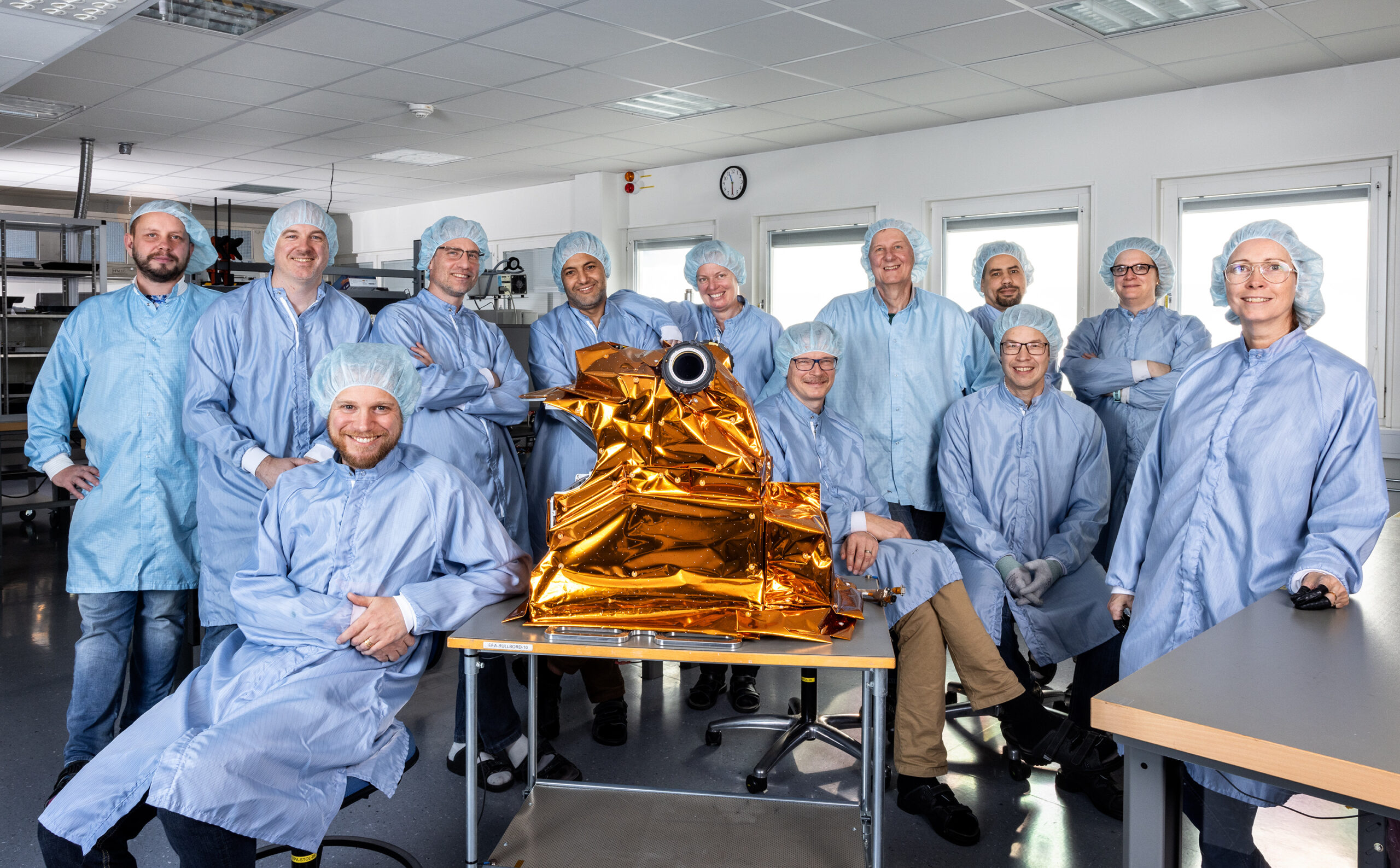
Omnysis in Action
AAC Omnisys has developed and built an innovative scientific weather payload in Gothenburg for the European Space Agency’s Arctic Weather Satellite (AWS). The passive microwave radiometer, will provide temperature and humidity measurements of the atmospheric layers, this data will be used for Numerical Weather Prediction and Nowcasting.
ESA’s Arctic Weather Satellite is an initial prototype mission that aims to demonstrate the usefulness of radiometric measurements to improve weather forecasts in the Arctic region and globally.
This 120kg AWS satellite, planned to launch 2024, is the forerunner of a potential constellation of 16 satellites that would supply an almost constant stream of temperature and humidity data from every location on Earth. Meteorologists will also use the mission to improve weather forecasts around the world.
Find out more about this mission
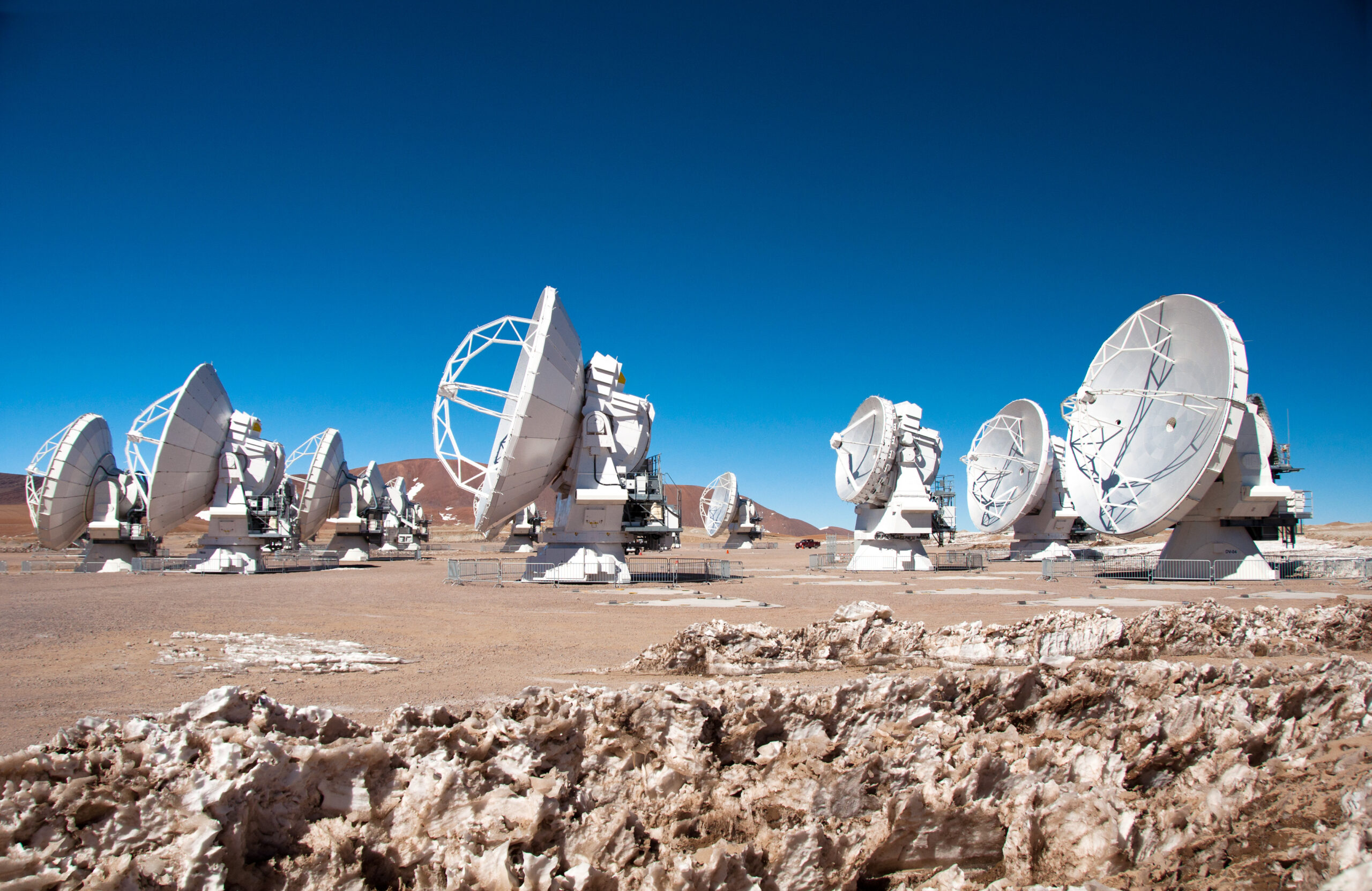
AAC Omnisys Advanced Payload Development in Operation
AAC Omnisys are long term partners with a number of leading institutes within the space industry including the ALMA radio astronomy facility in Chile. This 16-year partnership is the result of a contract awarded to them as the main supplier of Water Vapour Radiometers (58 in total), one for each of the antennas at the European Southern Observatory ALMA telescope in Chile.
The ALMA (Atacama Large Millimeter/submillimeter Array) radio astronomy facility in Chile is one of the most ambitious radio observatories on Earth, and is paving the way for a deeper understanding of the Universe.
AAC Omnisys Water Vapour Radiometers (WVP), operate at 183 GHz, and are used to estimate the propagation delay due to variations in water vapour in the line of sight of the telescope antennas.
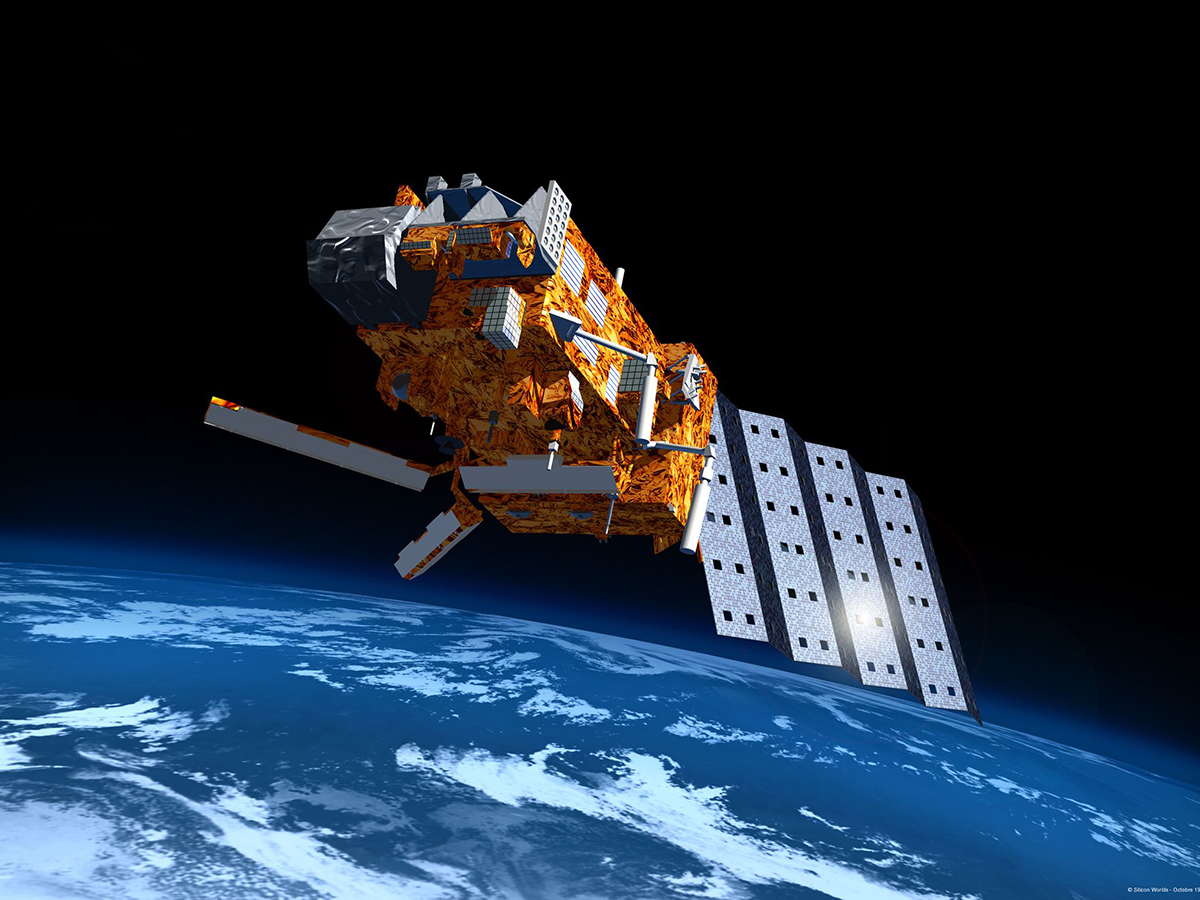
MetOp Second Generation satellites
They have been awarded with an ESA contract to deliver receivers to Europe’s next generation of metrological satellites, the MetOp Second Generation satellites. The 118 GHz receiver ispart of an instrument called MicroWave Imaging radiometer, or MWI, that will be built by Airbus Defence and Space in Toulouse, France. They will be used in three satellites to be launched seven years apart, with the first launch in Q4 2024.
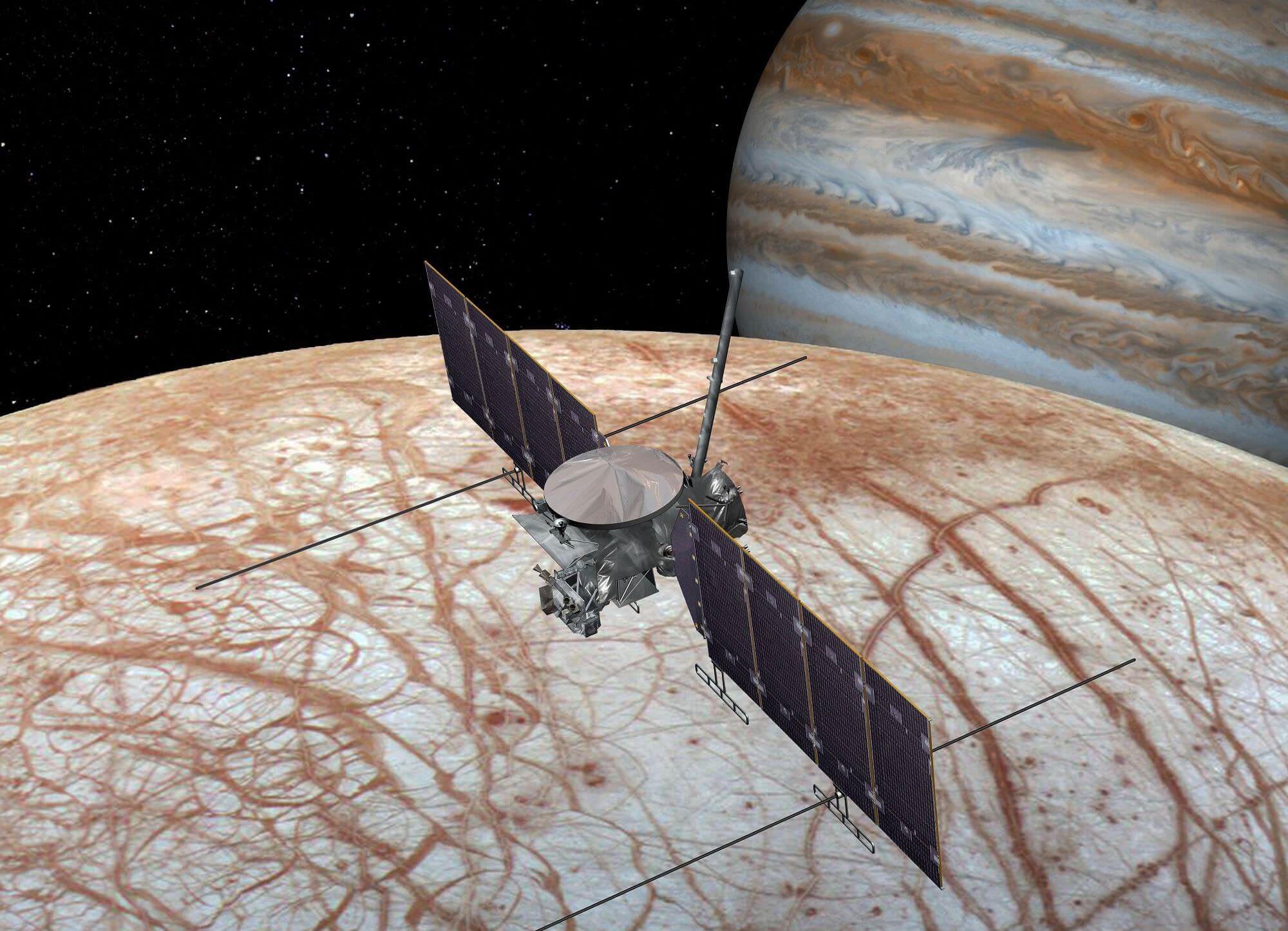
ESA Jupiter Mission
The team developed the SWI instrument onboard the European Space Agency’s Jupiter mission JUICE, which launched April 2023.
AAC Omnisys has had a key role in the development of the Sub-millimeter Wave Instrument (SWI), one of 10 instruments onboard the spacecraft. The AAC Omnisys front-end receiver unit will measure spectra and continuum emissions, assisting in the mission’s overall goal, to find out if there are conditions for life in under the surface of Jupiter’s moons. The Jupiter mission, the ESA JUICE – JUpiter ICy moons Explorer – will for three years make detailed observations of the giant gaseous planet Jupiter and three of its largest moons Callisto, Europa and Ganymede. ESA JUICE is the first large-class mission in ESA’s Cosmic Vision 2015-2025 programme
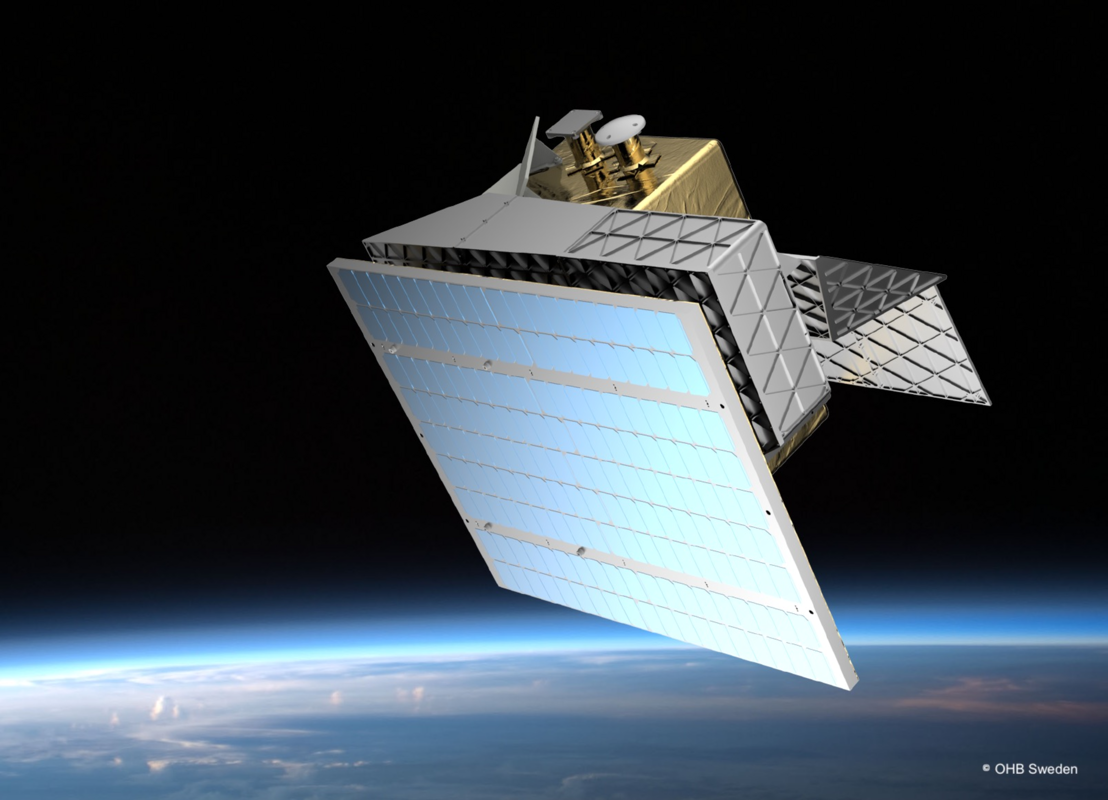
Mesospheric Airglow/Aerosol Tomography and Spectroscopy
AAC Omnisys has developed and built the main optical instrument for the upcoming Swedish research satellite, MATS (Mesospheric Airglow/Aerosol Tomography and Spectroscopy), a Swedish satellite mission designed to investigate atmospheric waves. The instrument will study various wave phenomena in the Mesosphere, located at an elevation of between 50 and 100 kilometres. The satellite is set to launched in 2022 and will produce a global database of wave phenomena in the outer atmosphere to better understand the human impact on the climate.
The aim of the mission is to get a better understanding of global wind patterns and temperatures as well as the human impact on the global climate.

Sign up to our newsletters for the latest news, projects and more delivered straight to your inbox
"*" indicates required fields
